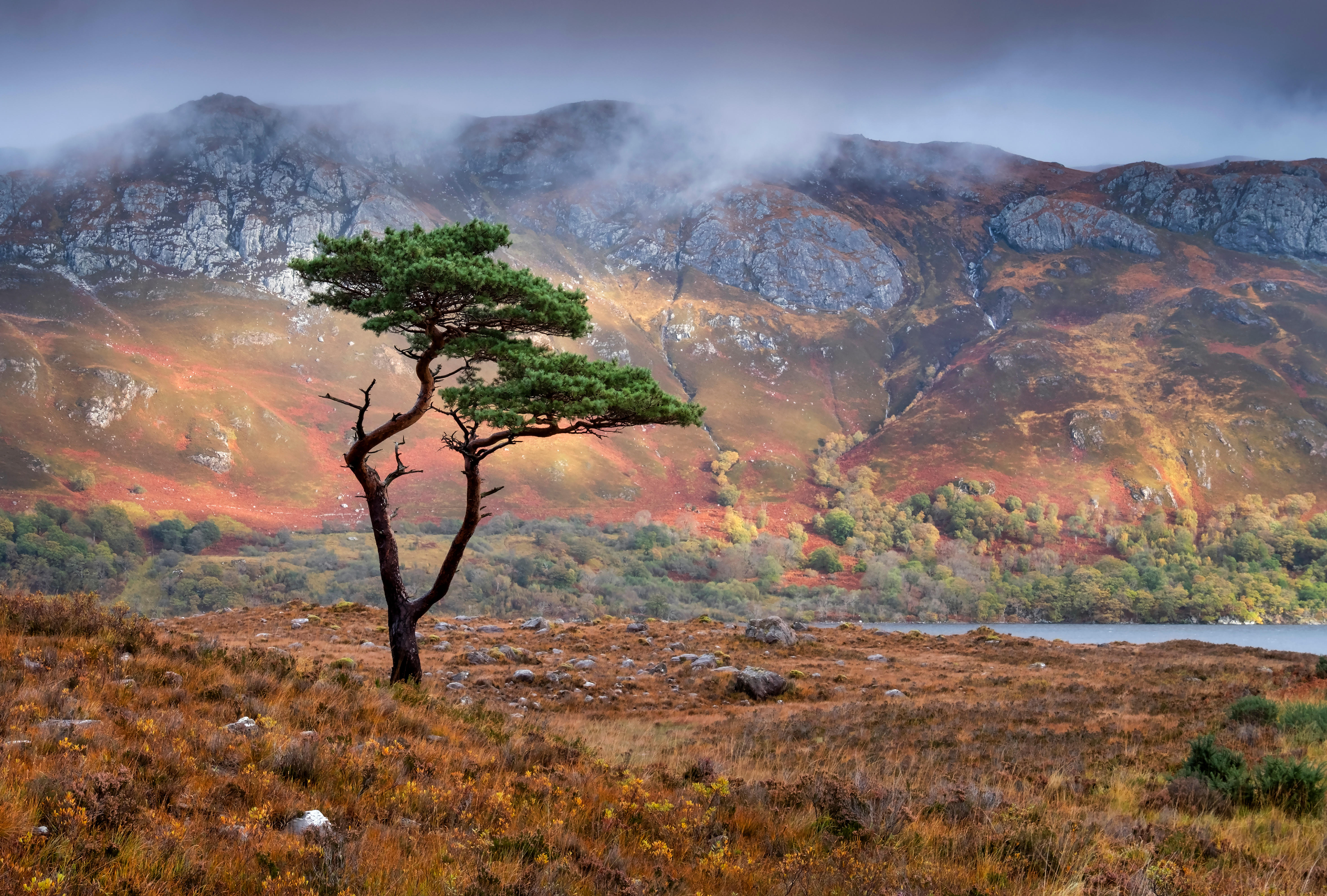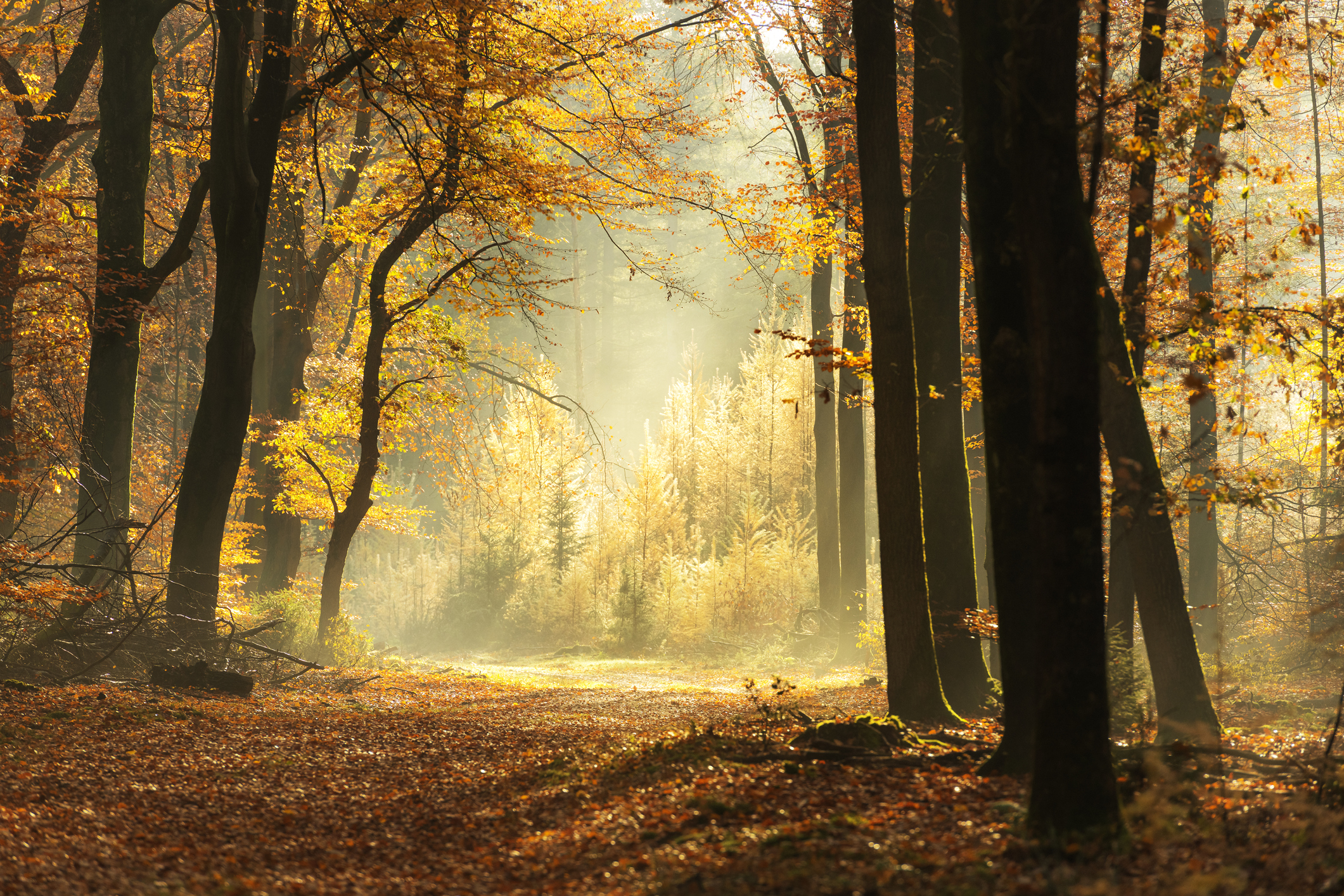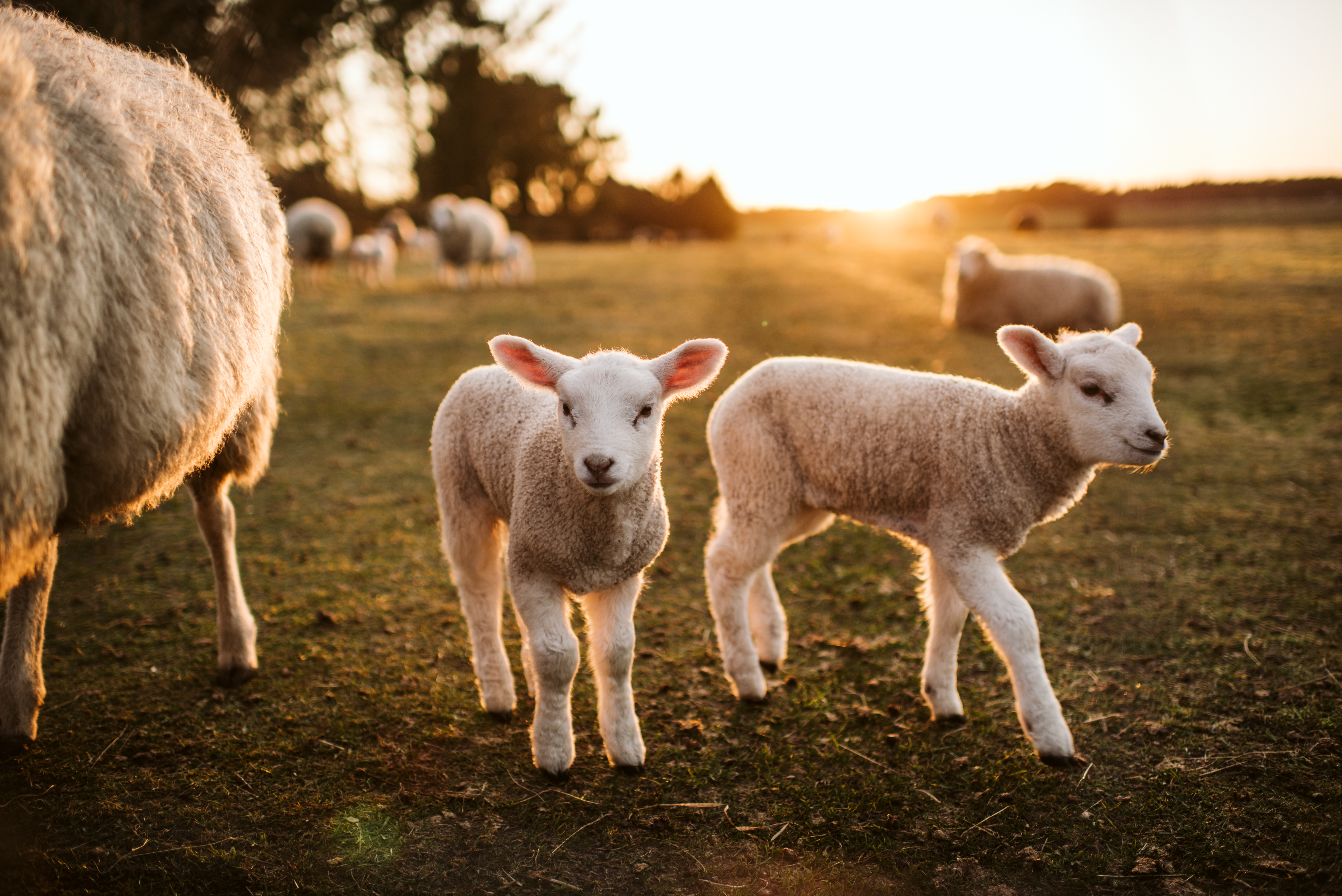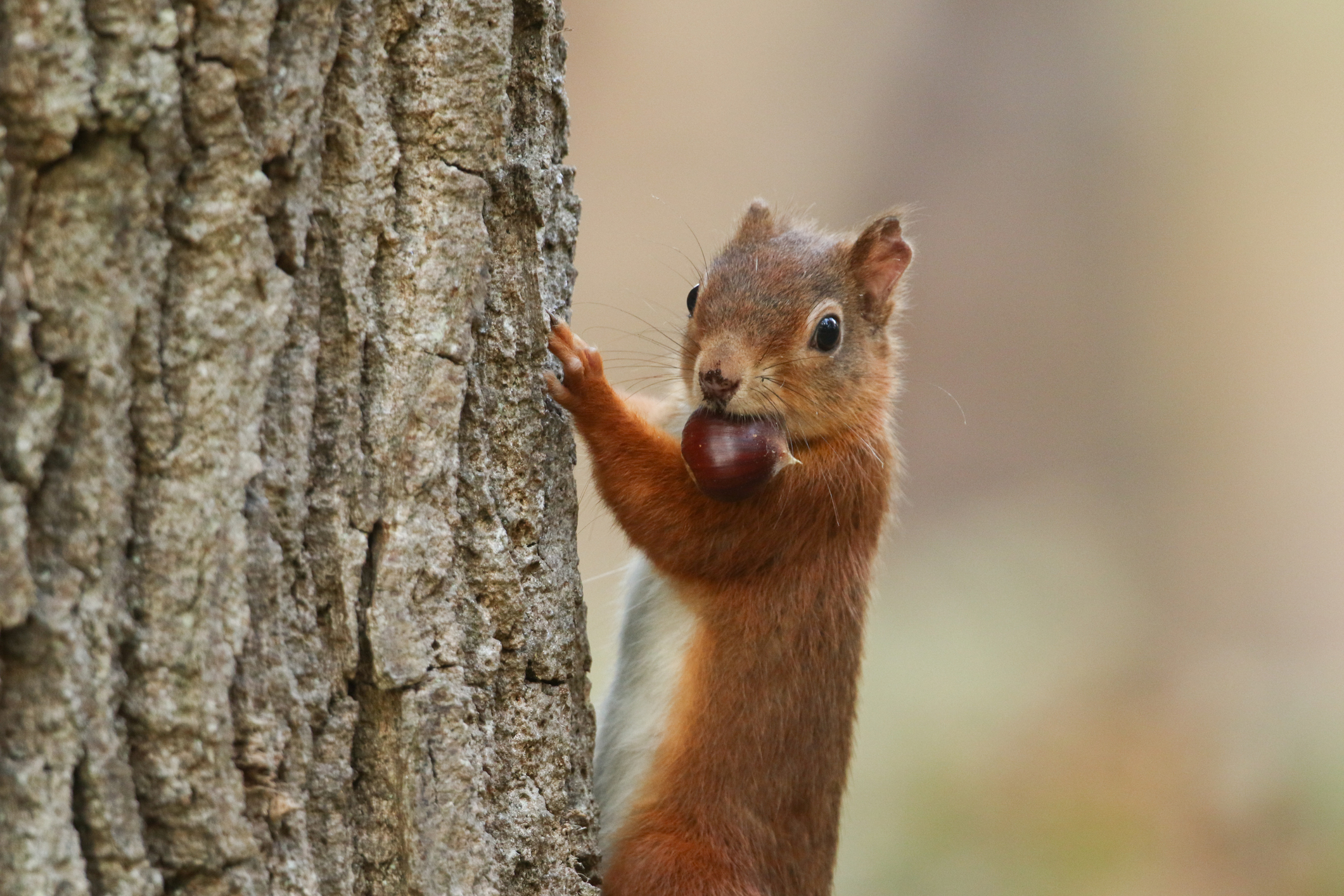John Lewis-Stempel: The beauty of the beach in winter
On a dull February morning, John Lewis-Stempel is consumed by childhood memories of the allure of the seashore, from the rhythmic, cresting waves and slippery seaweed of all shapes and hues to the shell-studded sand.

Is it the salt? The reason that seaside memories are so perfectly kept? My very first memories are absolutely brine-preserved. I was a toddler sent to stay with my Great Uncle Willi and Great Aunt Kath, who were sheep farmers on the Gower, Wales, their land sloping down to the sea. Although I realise that the following infant incidents have become recall-polished in the way broken glass is smoothed by sea tide on the sea shore, the grit in them is true…
Standing looking at the cresting waves, thinking that the surf looked like lamb’s fleece. (Too sophisticated a simile for a three-year-old; perhaps an image placed in my head by the Great Aunt.) Then taking the bright-red Massey 35 tractor and its wood-sided trailer down to the beach to gather seaweed to be used as fertiliser on the land. On other occasions, I remember taking seaweed home to give to my grandmother, Great Aunt Kath’s sister and a farmer’s wife herself, so she could use it to divine the weather. Seaweed, hung outside the back door, swelled when rain was due, dried up to signal a more clement climate.
My grandparents had another morning meteorological ritual, Bible-touchingly observed: tapping the barometer in the hall. The weather is a big thing in farming. (Occasionally, my grandparents fell into outright superstition and looked in the newspaper for the Met Office’s prognosis.)
You can see where this is going. I do like to be beside the seaside, beside the sea. Yet, for me, the coast is never merely a holiday resort, a bathe in marine blue, a slob-out on a sun lounger. I always have one eye on the seashore’s utilitarian utilisation, on what can be used in farming. Thus, no day at the seaside misses a sack or several filled with seaweed to be taken home as fertiliser; this February morning at Portreath being no exception, when the withdrawn sea is battleship grey, smeared by dawn’s grease, the low waves a ceaseless shush and the yelping gulls follow aimless circles in the air. Even in Atlantic-facing north Cornwall, not every day blows you away. February’s nothingness goes where it wishes, wants.
On the zebra-pattern shingle stones between the eastern high cliff and the harbour wall: two brown tide marks of seaweed, mostly the kelp Laminaria digitata, with its strappy blades and octopus-sucker holdfast and bladderwrack, poxy bubbled. Seaweeds are successful algae; some of Britain’s 800 species have existed in their present form for 600 million years. Bladderwrack is a relative sophisticate; the round air ‘bladders’ are an evolutionary device, allowing the seaweed to float upright underwater, helping it exchange gases and absorb nutrients when submerged by the sea.
"Seashells are one of those small miracles of Nature that we overlook"
It’s early morning, too early for most, and the shore belongs to me, a beachcombing black labrador of my owning and some wandering turnstone waders on the tide edge, their clockwork legs only emphasising the monotony of the sack-filling morning. I collect from the high shore; there is no point gathering soaking-wet seaweed, with its excess weight and salt.
The history of using seaweed as fertiliser is as long as kelp fronds, dating back to Roman times. Sometimes on obscure shores you may still encounter an abandoned, scrub-covered access ramp at the back of the beach from which seaweed was once carted off by horse. Savvy, the old timers, the men like Uncle Willi; seaweed provides sources of potassium, magnesium, iron, zinc, copper, boron and trace elements. Dug into the ground or the manure pile or the compost heap, a little goes a long way to soil-feeding.
Exquisite houses, the beauty of Nature, and how to get the most from your life, straight to your inbox.
Thanks to Uncle Willi, we always used seaweed as a manure additive and my farmer grandfather in landlocked Herefordshire received the agricultural salesmen selling the commercial seaweed extract Maxicrop with a grin. Why pay good money for something you could collect for free from Rhossili after you had built the stone windbreak on the seaside Bank Holiday outing?
Also, every childhood trip to the seaside required the collecting of a plastic bucket-full of oyster shells, to be crushed at home and given to the chickens. Nothing makes better eggshells than seashells; it’s the calcite, the crystal that is the building block of the world. Quite literally. Calcite is the crucial component of limestone, coral, marble and chalk. A hen’s egg is about 10% calcite.

She of the famous tongue-twister may sell seashells on the seashore, but we gathered them for free. I still do, although the native oyster (Ostrea edulis), the usual shell for supplementing the chicken’s diet, is an uncommon mollusc these days. Native oyster populations have declined by 95% in the UK since the mid 19th century and are now predominantly found in the South-East, on the Thames Estuary, the Solent and the River Fal in Cornwall.
There are only two oyster shells on the beach this morning, down on the wet, dark sand below the stone, the oval rough shells gaping, the slug-thing that once lived inside long gone. Even on a dull February morning, the interior of the shell shines out, whiter than the sun trying to break through the cloud. Tilted, the inside of the shell lumines, nacreous, pearlescent. To the fingers, the interior of the shell, in contrast to the rocklike exterior, is utterly smooth; it has to be to avoid irritating the skin of the mollusc.
Seashells are one of those small miracles of Nature that we overlook. They do not arrive on the mollusc pre-fabricated, but grow as the animal grows. The growth rings on the oyster’s shell, like those in a tree, enable the measuring of age. One of the shells in my hands was five years old, one eight, although the native oyster may live for 15 or so years in the wild.
Some sentiment came over me and I placed the oyster shells back on the beach for others to find or perhaps for the sea to do its thing, to pound them into bits, for the shells to become part of the sand on which I am standing.
Besides, there were plenty more shellfish shells on the seashore.
Twice crowned victor of the Wainwright Prize for Nature writing, for ‘Where Poppies Blow’ and ‘Meadowland’, John Lewis-Stempel’s latest book, ‘La Vie: A year in rural France’, is out now (Doubleday, £16.99)

The 10 best trees you'll find in Britain, from Alder to Scots Pine
John Lewis-Stempel picks out his ten favourite British trees.

Credit: Getty Images
John Lewis-Stempel: The stained-glass window made by nature
Plodding home in the gloaming, through a wood stripped bare by November gales, John Lewis-Stempel stumbles across a magical fairy

Credit: Getty
Snow, rubber gloves, lubricant gel... and moments of wonder and joy: The reality of lambing in winter
John Lewis-Stempel's dispatches from lambing season focus on the early March snows which made a tough job into an battle.

John Lewis-Stempel: Why autumn is the time to go nuts
Whether enjoyed as a healthy snack or deployed as the playground weapon of choice, nuts are versatile, abundant and plentiful
Toby Keel is Country Life's Digital Director, and has been running the website and social media channels since 2016. A former sports journalist, he writes about property, cars, lifestyle, travel, nature.

